Short skis as a new opportunity for older skiers
Even though you have been skiing for a very long time and you are very experienced skier, you might have realise that your skiing needs has changed with age. That's completely natural - different stages of skiing life may call for different equipment, especially if you have been using long skis. In today's article, let's discover if short skis offer new opportunities for elderly skiers.
Reading about short skis may not be the thing for you. If you prefer video, you can check this one:
At the beginning, let's answer some frequently asked questions about short skis.
What are short skis?
Short skis aka skiboards, snowblades, and skiblades, are skis shorter that 160 cm. They are also wider than traditional long skis.
Skiboards/snowblades/skiblades are lighter, more maneuverable and easier to turn, which makes them ideal for beginners, terrain parks, and moguls.
They are also lighter and require less effort to control, which can be less tiring for skiers. Short skis are also perfect for anybody with knee injuries.
Skiboards are not the only kind of short skis. If you want to learn more, watch our video:
Yes, short skis are easier than long skis.
Why?
1) Shorter skis are more manueverable and easier to turn
This is especially helpful for older skiers who may not have as much strength or agility as younger skiers. Shorter skis can also be less intimidating and easier to control for beginners or those who have not skied in a while.
2) Short skis - skiboards and snowblades are very light and easy on you knees.
Skiboards are ideal for elderly, since they remain very light and easy to turn, but they have great stability and support thanks to their wide shape.
3) Snowblades are more stable at slower speeds.
Elderly people can be more insecure in high speed, therefore they usually ski slower. It is necessary to have enough support even in slower speed. That's why skiboards are the right choice.
Are shorter skis better for knees?
Yes, short skis are better for the knees.
Longer skis are less suitable for elderly skier, since they are very demanding when it comes to controlling and turning. To actually manuever the long skis is quite strenuous and it puts too much pressure on your knees.
Short skis are better for knees and therefore suitable for skiers with knee injuries or arthritis, or elderly skiers. Learn more over here.
Why shorter skis are better for older skiers?
1) Short skis (skiboards and snowblades) are more stable at slower speeds.
Snowblades can be beneficial for older skiers who may not want to ski as aggressively as they did in their younger years. They are also generally lighter, which can make them easier to carry and transport.
2) Snowblades are light = easy to carry and transport.
3) Turning is easy with skiboards.
Short skis have a smaller turn radius, which can make turning easier and more efficient. This can be especially helpful for older skiers who may not have the strength or stamina to make larger, sweeping turns.
Short skis aka skiboards / snowblades / skiblades can be better for older skiers because they are easier to control and maneuver, which can reduce the risk of falls and injuries. As we age, our reaction times slow down and our muscles may not be as strong as they used to be, so shorter skis can help compensate for these changes.
Short skis provide many benefits not only to the elderly skiers. Even if you have injured your knees in the past, you might find them beneficial.
How to Choose Skis for Older Skier?
1. Consider your skiing ability level
Skiboards bring benefits to beginners, intermediate and experts - the key is to find the right length.
It's never too late to learn how to ski. Whether you are a beginner, intermediate, or an expert, you will find out that skiboards will fit you. For beginners and intermediat skiers, longer skiboards (99 or 120 cm) would be the best fit. They are light and easy to control, but very supportive at the same time.
Experts who would like to challenge their balance and explore new possibilities can try snowblades as short as 65 cm which as close to the experience of skiskating.
2. Choose the right ski length
Suitable skiboards length differs based on your experience - longer skiboards are more suitable for beginners, experts may challenge themselves with short skiboards.
The right ski length is crucial when it comes to choosing skis. Skis that are too short or too long can be challenging to control and can cause unnecessary strain on your joints.
We generally do not recommend using mini skis such as Snowfeet or Skiskates, since these are more similar to ice-skating and therefore they are more demanding in terms of keeping the balance.
If you’re an older skier, it’s a good idea to go for a ski that’s a little bit smaller than what you’re used to wearing, for example snowblades 99 or 120 cm long. A shorter ski allows you to turn and move more freely, which puts less strain on your knee and hip. However, don’t go too short as this can lead to unstable skiing and poor performance.
3. Consider the ski width
Skiboards' wider waist provides additional support and makes skiing more enjoyable and stable.
The width of your ski's "waist" can have a big impact on how it works in different conditions. If your ski is wide, it'll give you more stability when skiing on powder or soft snow.
On the other hand, if your ski is narrow, it won't be as responsive when skiing on hard-packed snow or icy terrain.
If you're an older skier, it's usually a good idea to get a ski with a wider waist. That way, you'll have more stability and you'll be able to ski in powder and soft snow with more comfort and enjoyment.
4. Choose a ski with a softer flex
The flex of a ski is a measure of how stiff or soft it is. A ski with a softer flex is easier to maneuver and control, resulting in less strain on the knees and hips. It is also more forgiving, which makes it suitable for older skiers, who may not be as strong or athletic as younger skiers.
5. Consider the binding system
The binding system is one of the most important parts of your ski setup. It’s the connection between your boots and your skis. It can have a significant impact on the ski’s performance. If you’re an older skier, it’s best to go with a binding system that’s easy to use and modify. Look for lightweight, straightforward designs.
Do you want to learn more about choosing the right skis for older skiers? Check out our article to learn more: How to Choose Skis for Older Skier?
What about knees?
Skiing with longer skis becomes more demanding on knees with age. Shorter skis require less pressure on knees.Skiing can be a blast, but it can also be tough on your knees, especially if you have experienced some problems in the past. That doesn't mean you can't ski, though. Here's some advice on how to ski with bad knees and what you should look for to make sure your ski is gentle on your joints.
Can I ski if I have bad knees?
Yes, but you should opt for shorter skis to make skiing easier and less strenuous.
The answer to this question depends on the condition of your knee and how it impacts your range of motion and stability. Consult your physician or physical therapist before skiing. They can assess your condition and advise you on whether skiing is a safe activity for you.
At the same time, bear in mind not to use heavy and long skis. That would not help your knees at all!
How can I ski without hurting my knees?
The journey to a safe ride starts even before stepping into skis. Proper technique and equipment can help reduce the impact on your knees. Here are some tips:
1. Warm-up
2. Strengthen your knees
3. Learn proper technique
4. Use knee pads or braces
5. Choose the right skis
Conclusion
Let us know what kind of skis do you prefer in the comments bellow!

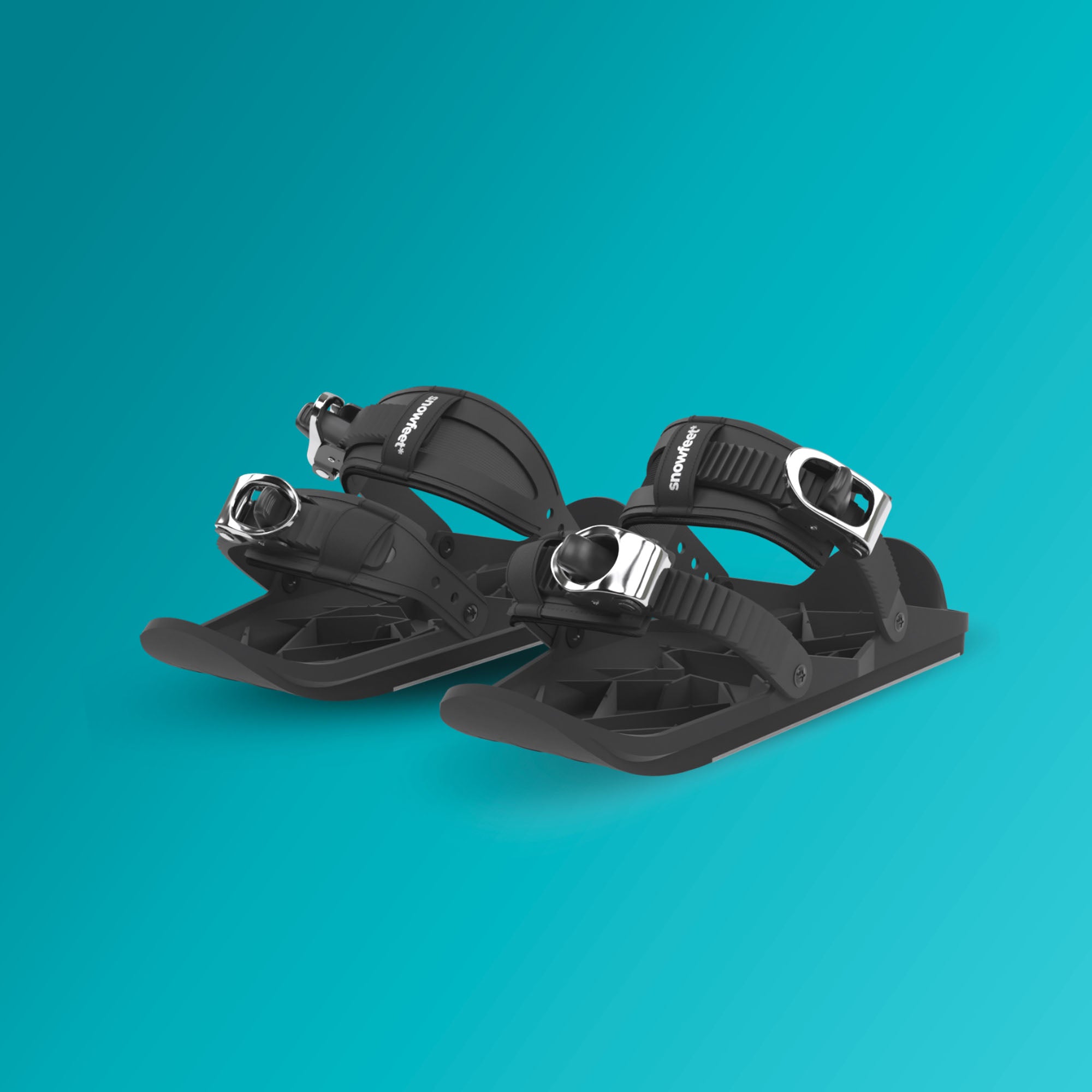
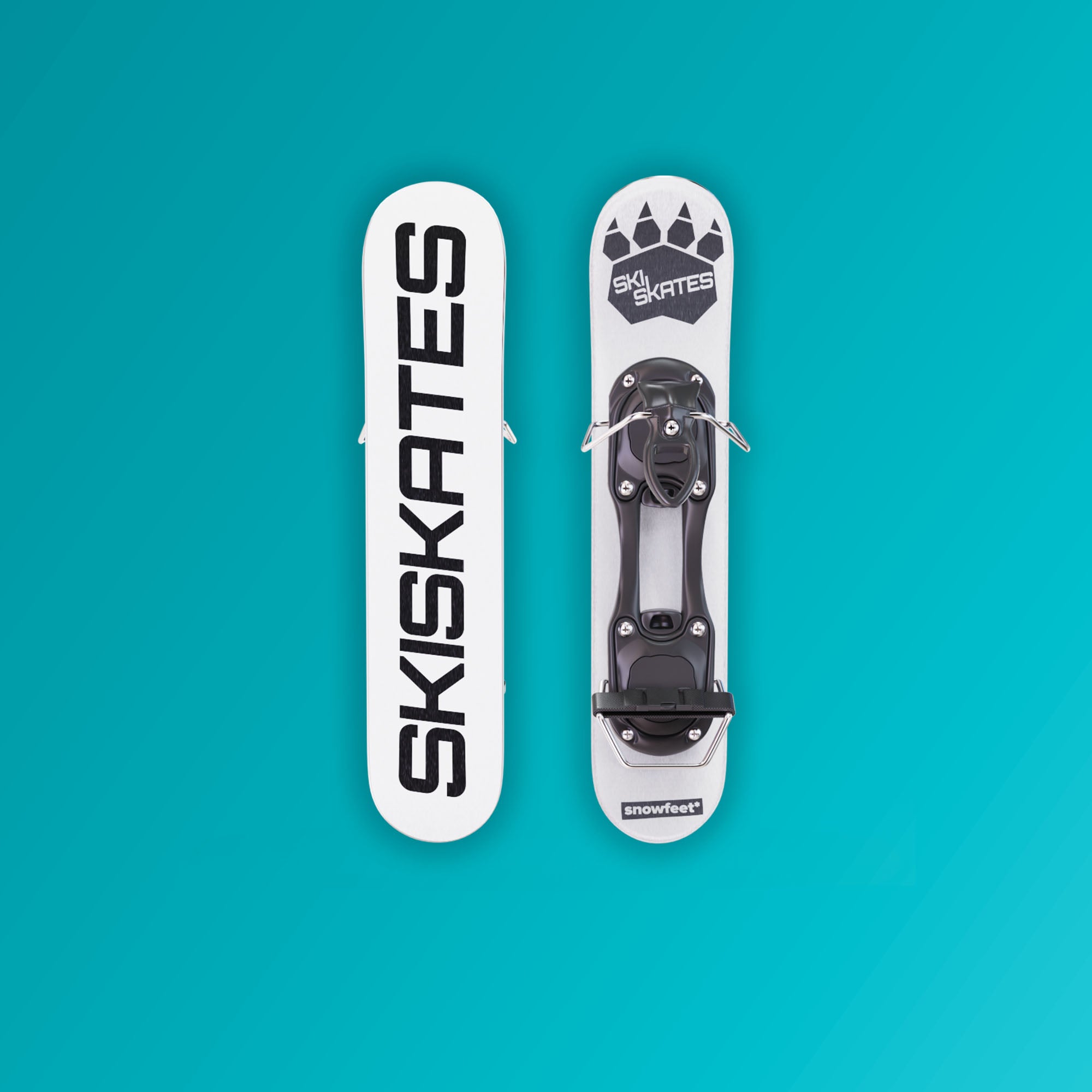
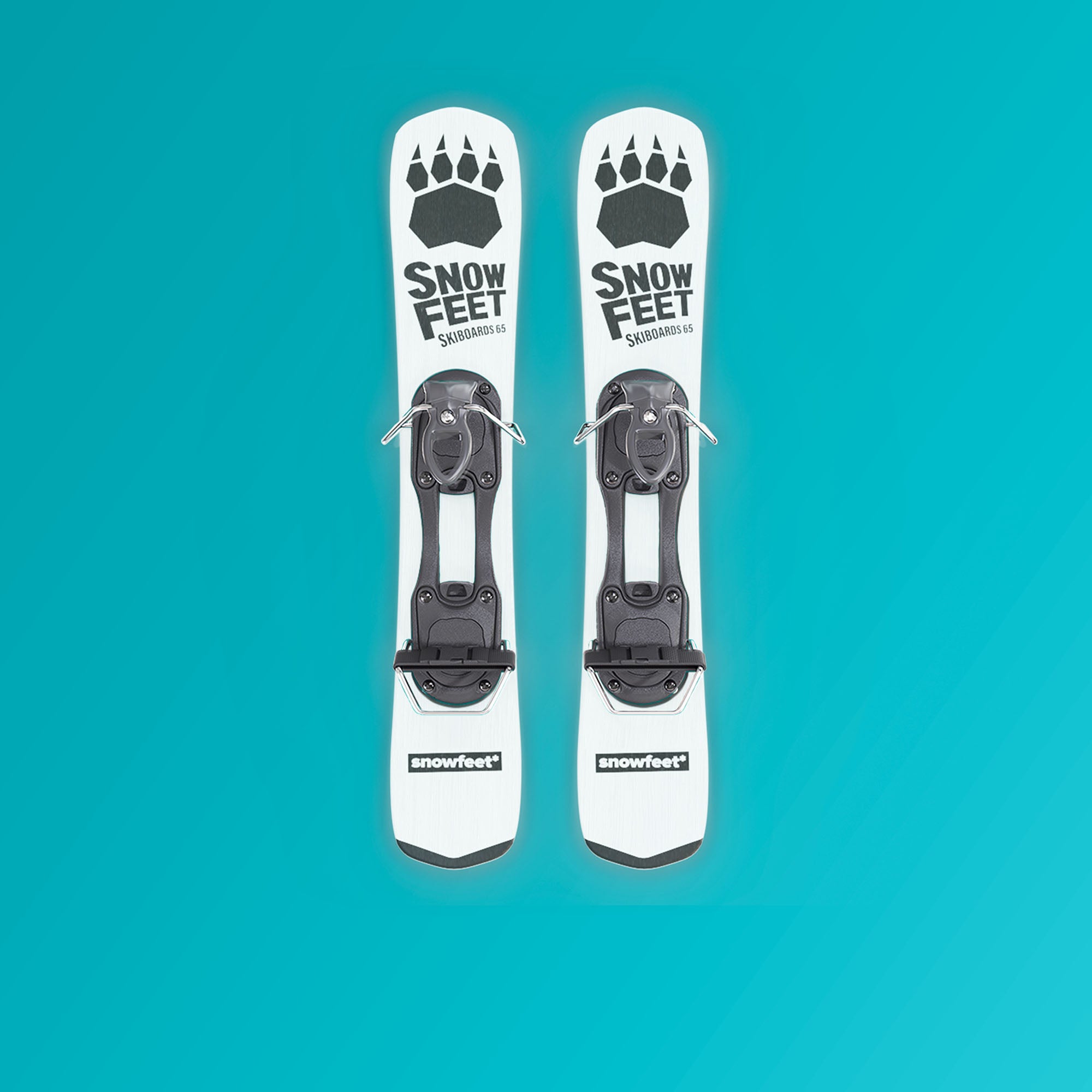
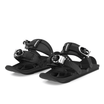
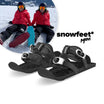
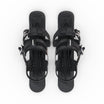
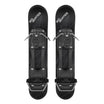
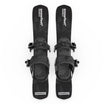
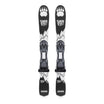
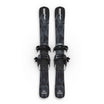
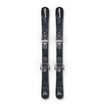
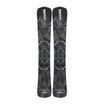
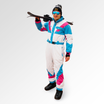
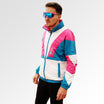
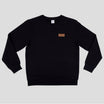
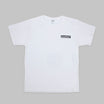
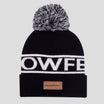
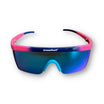
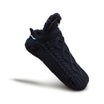
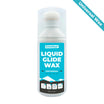
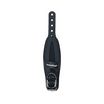
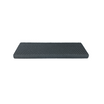








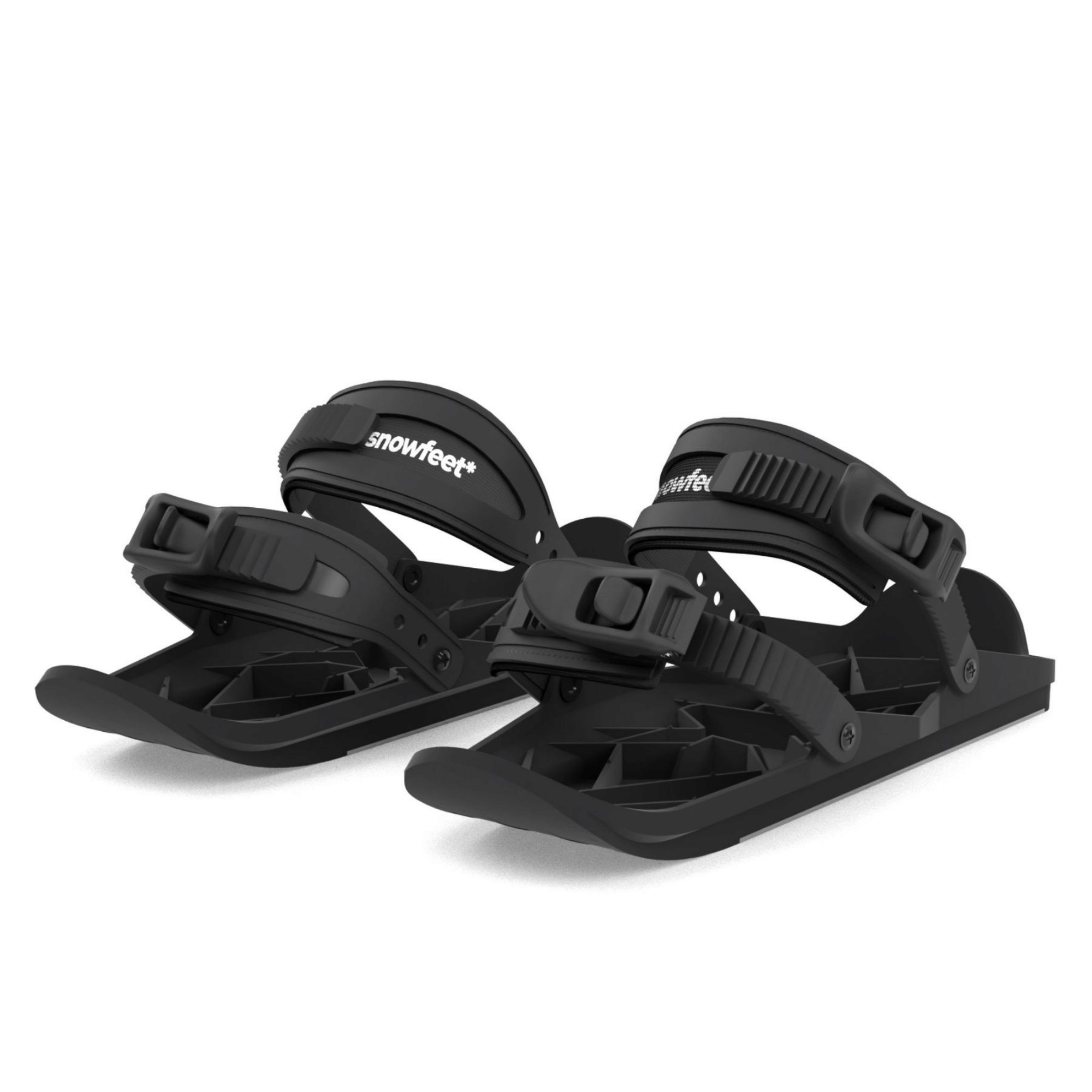
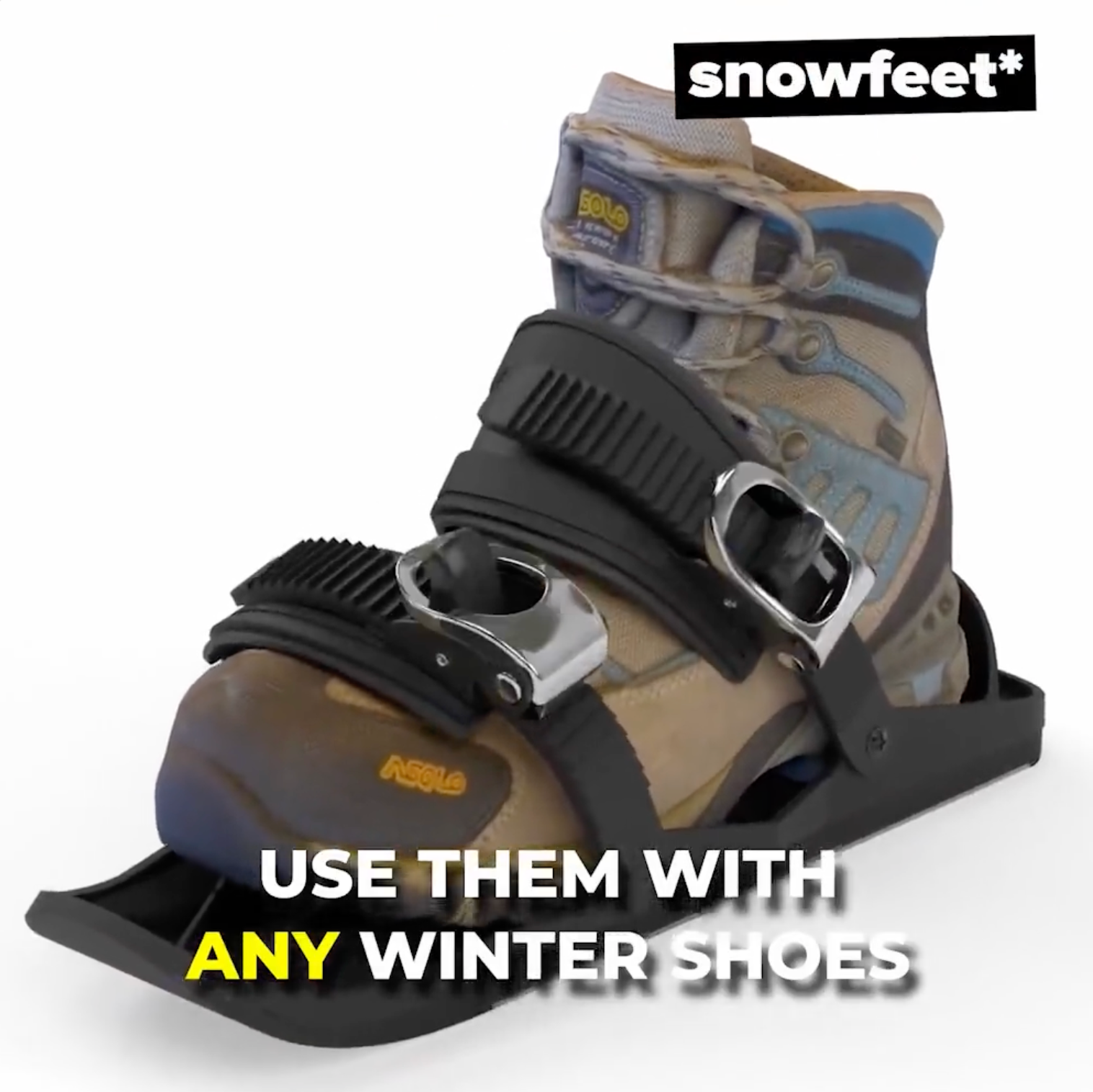
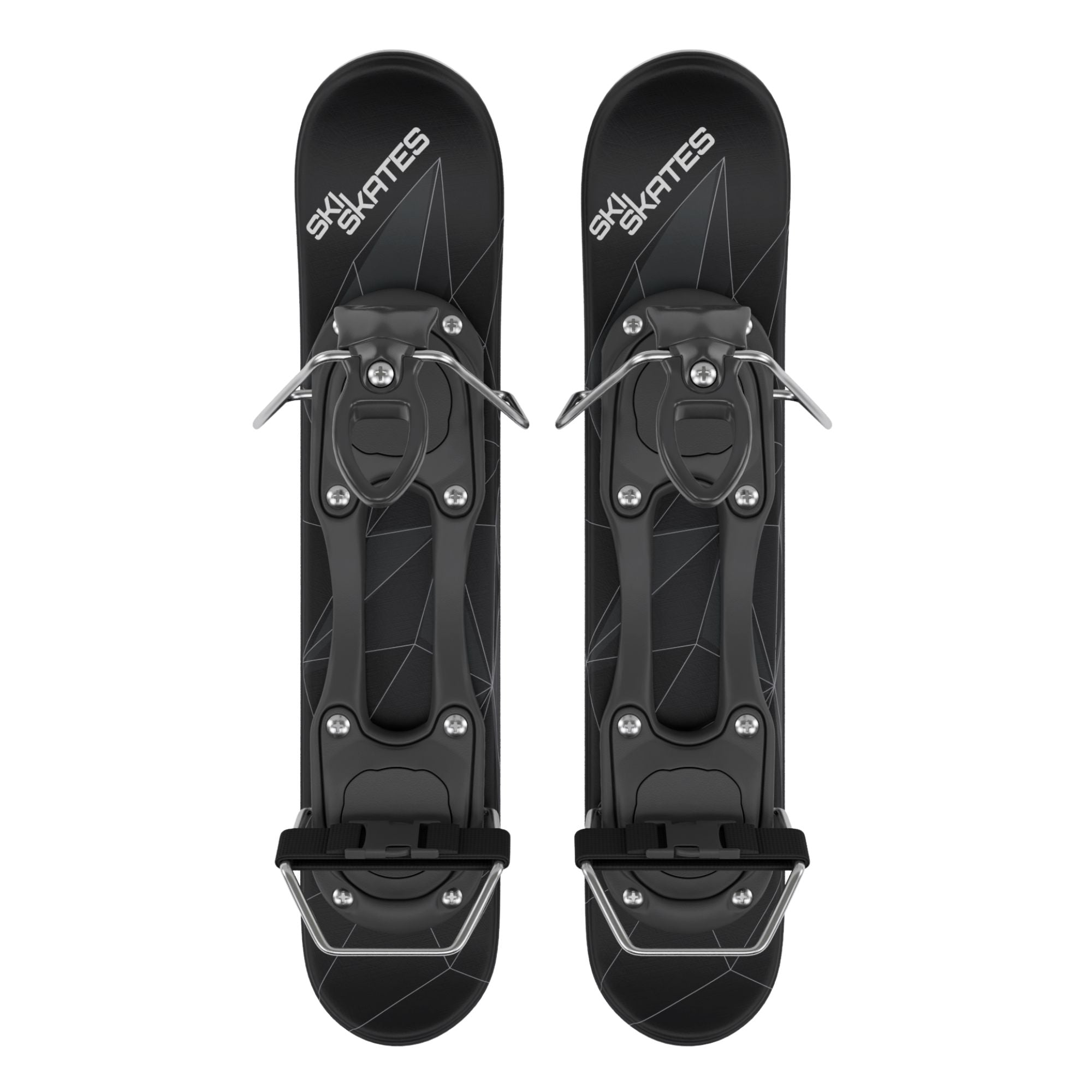
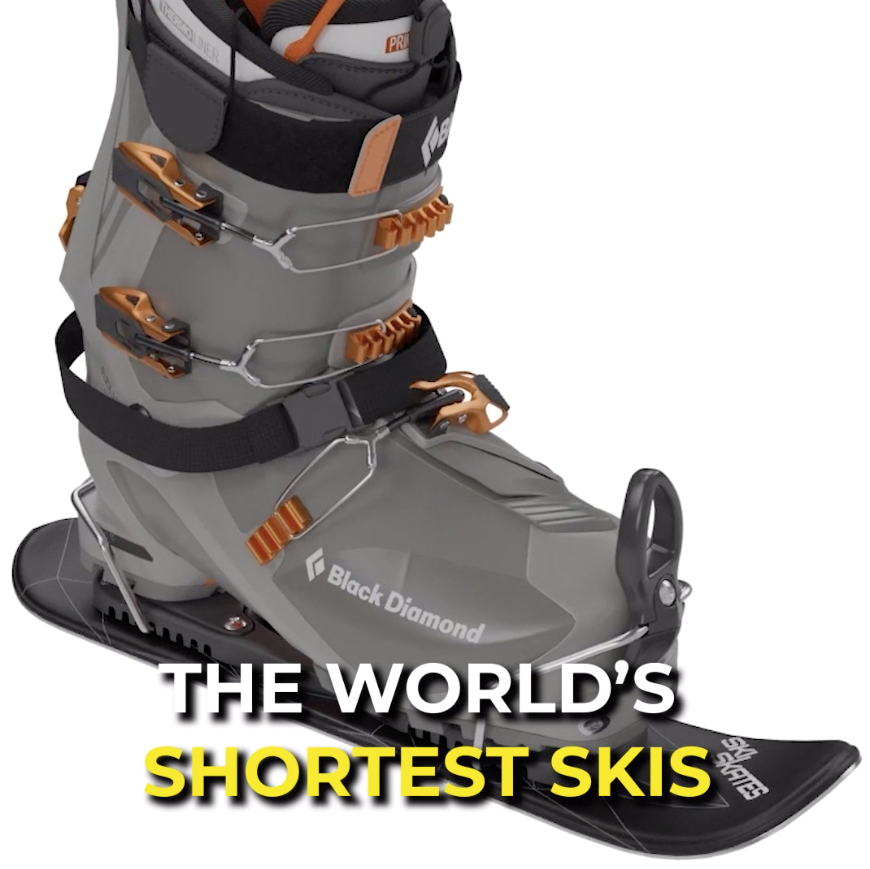
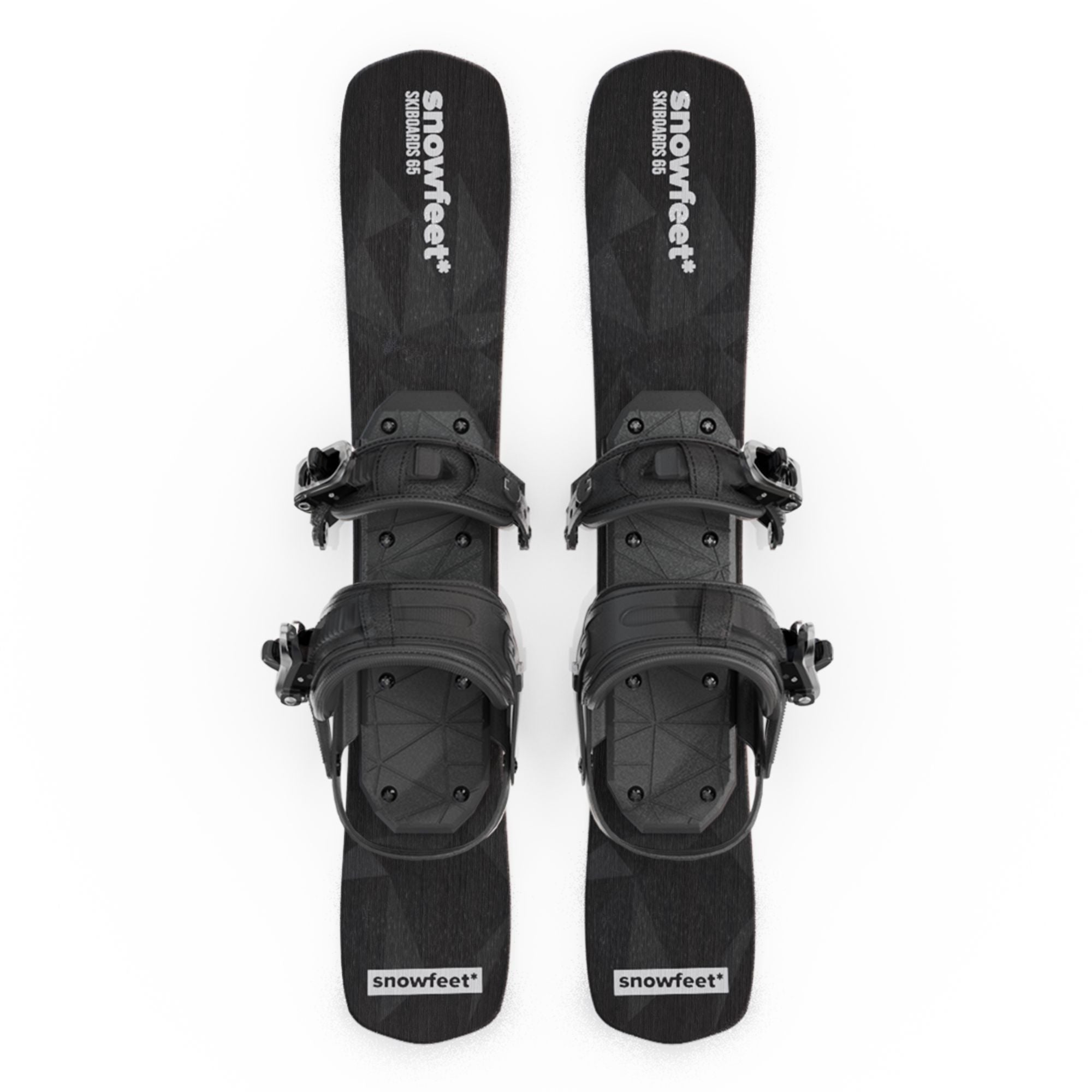
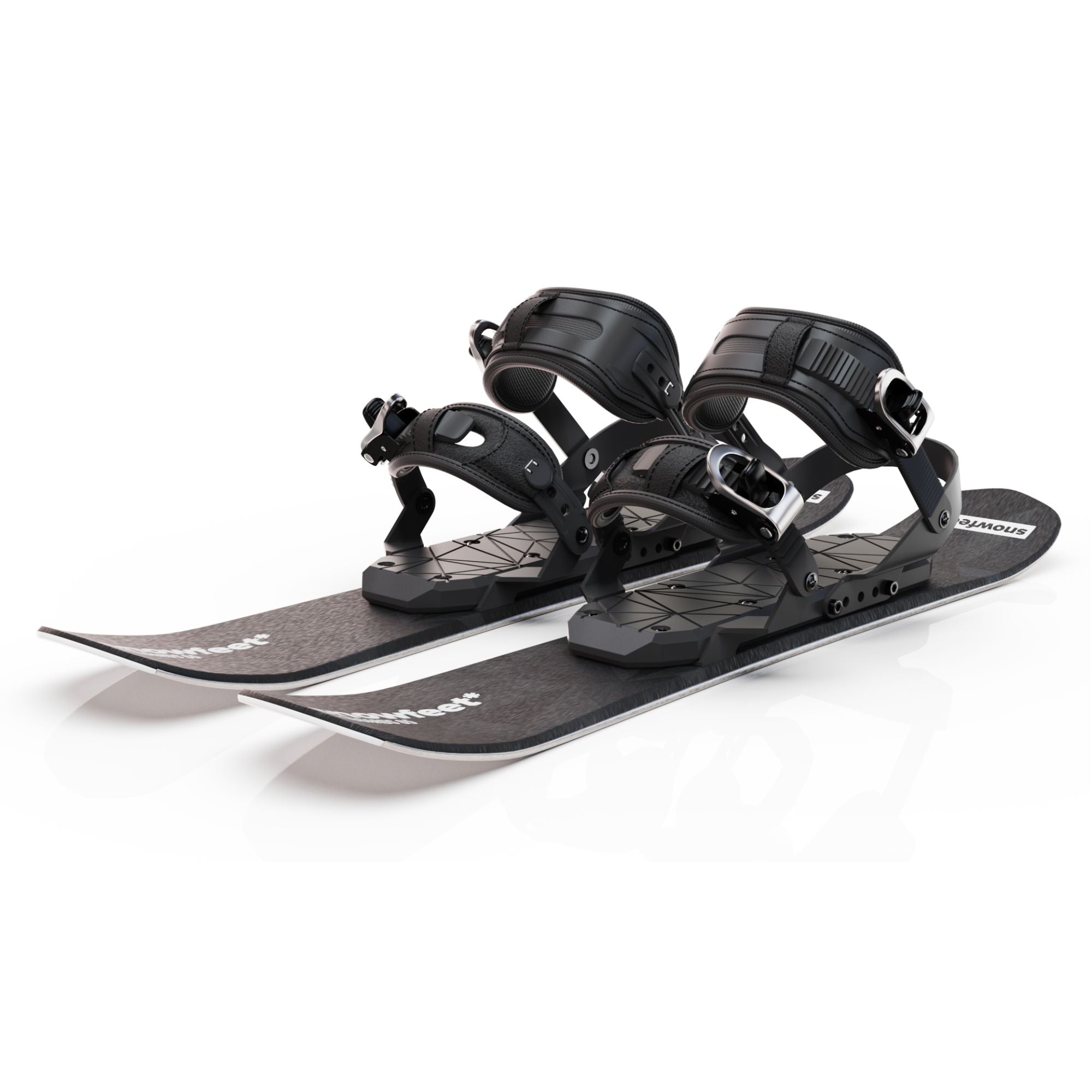
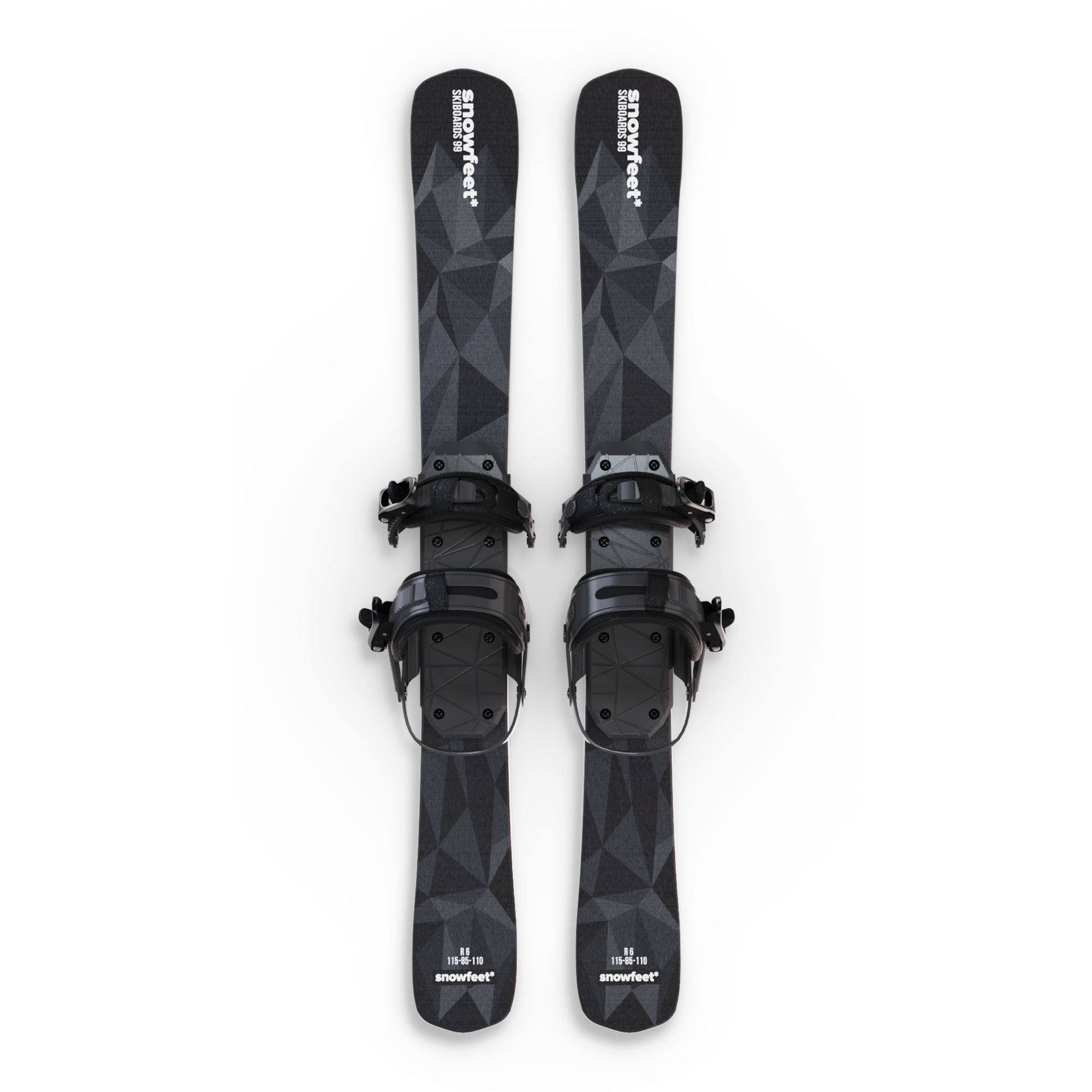
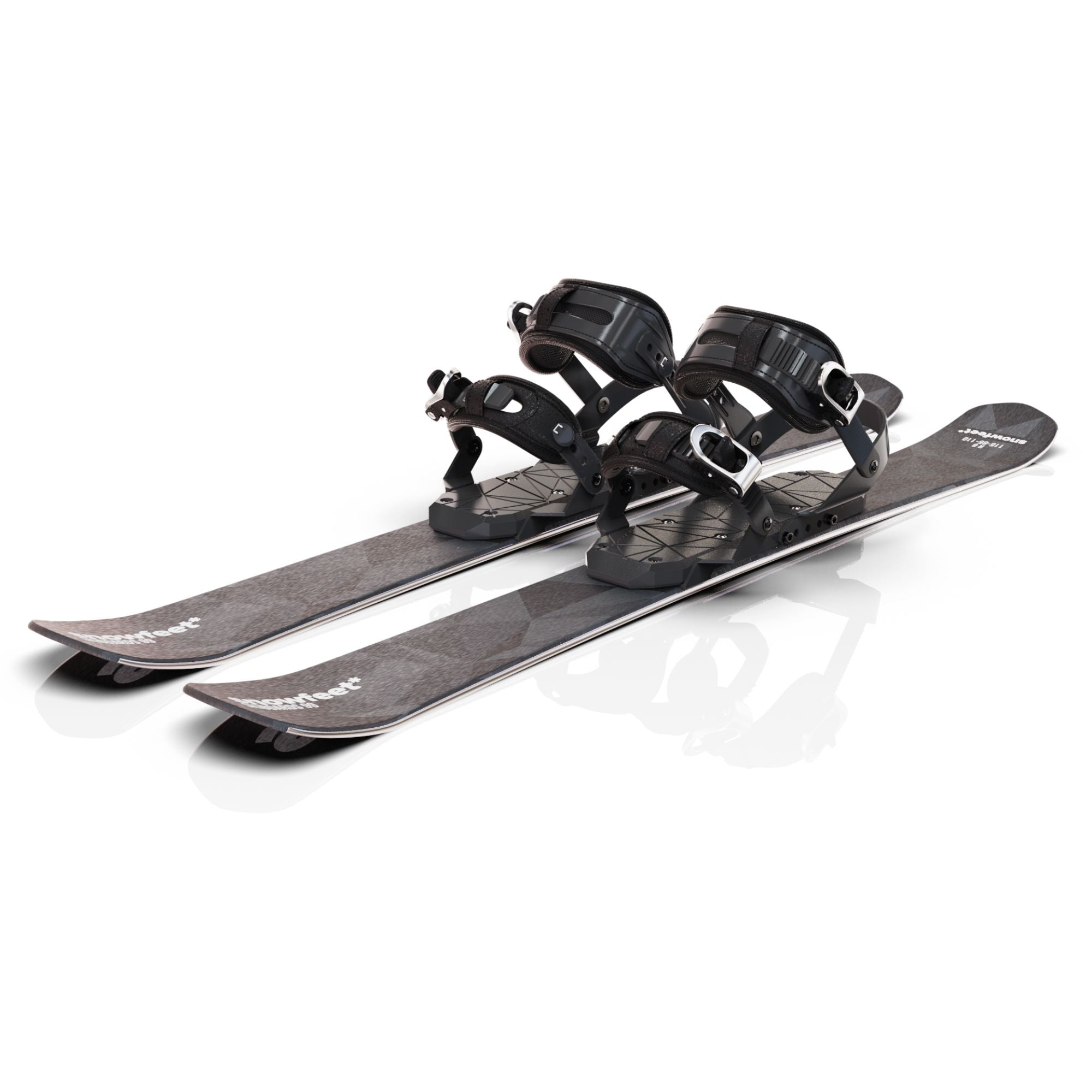
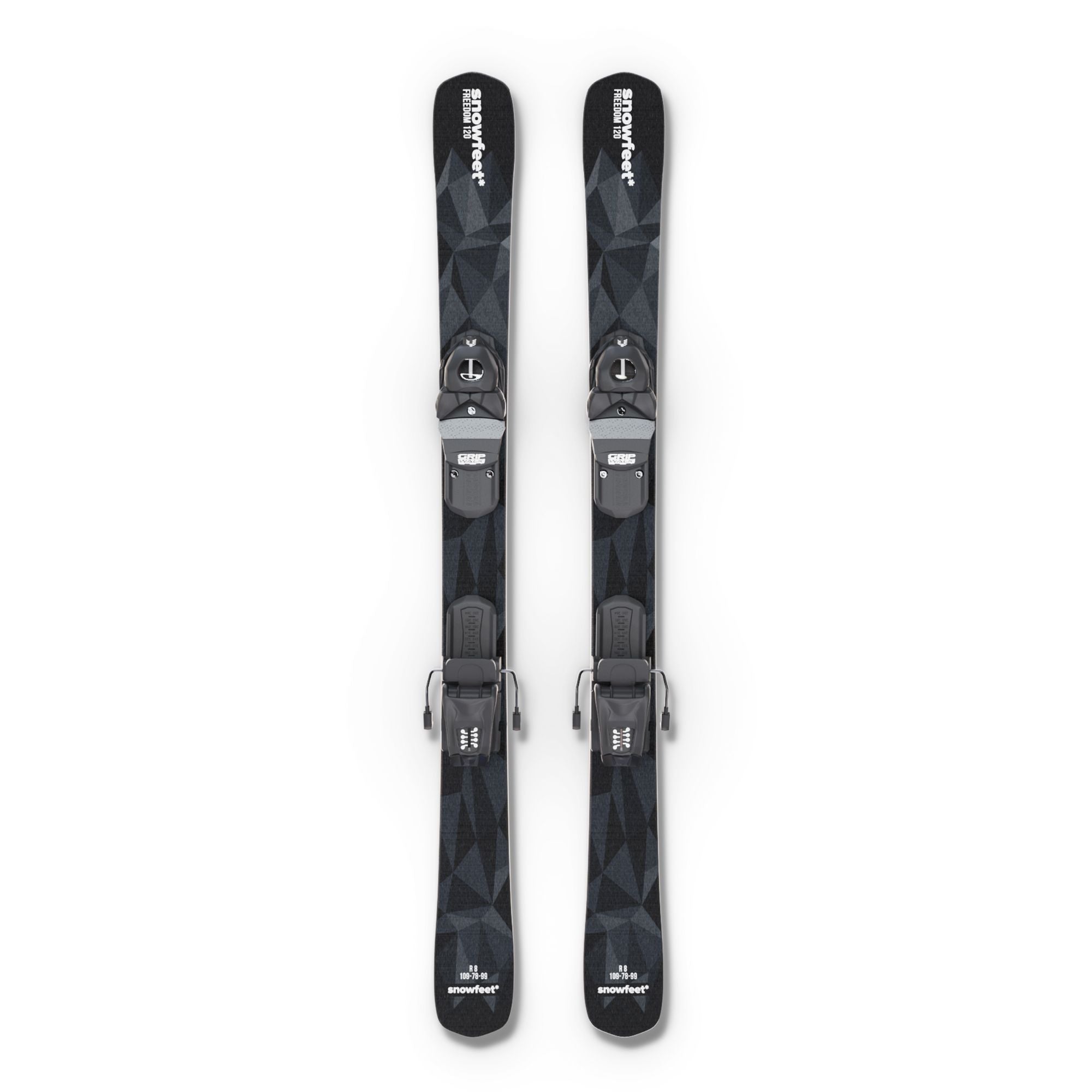
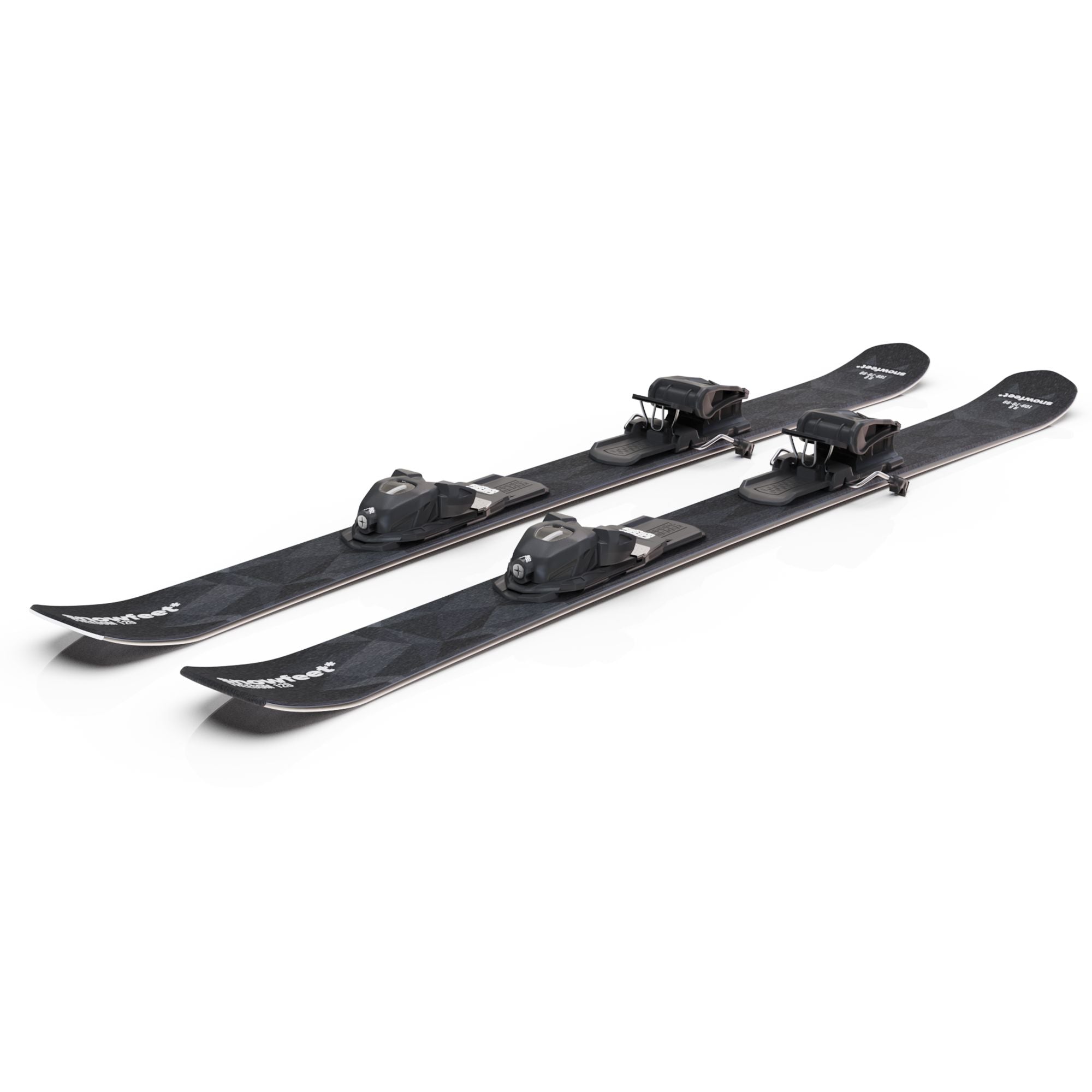
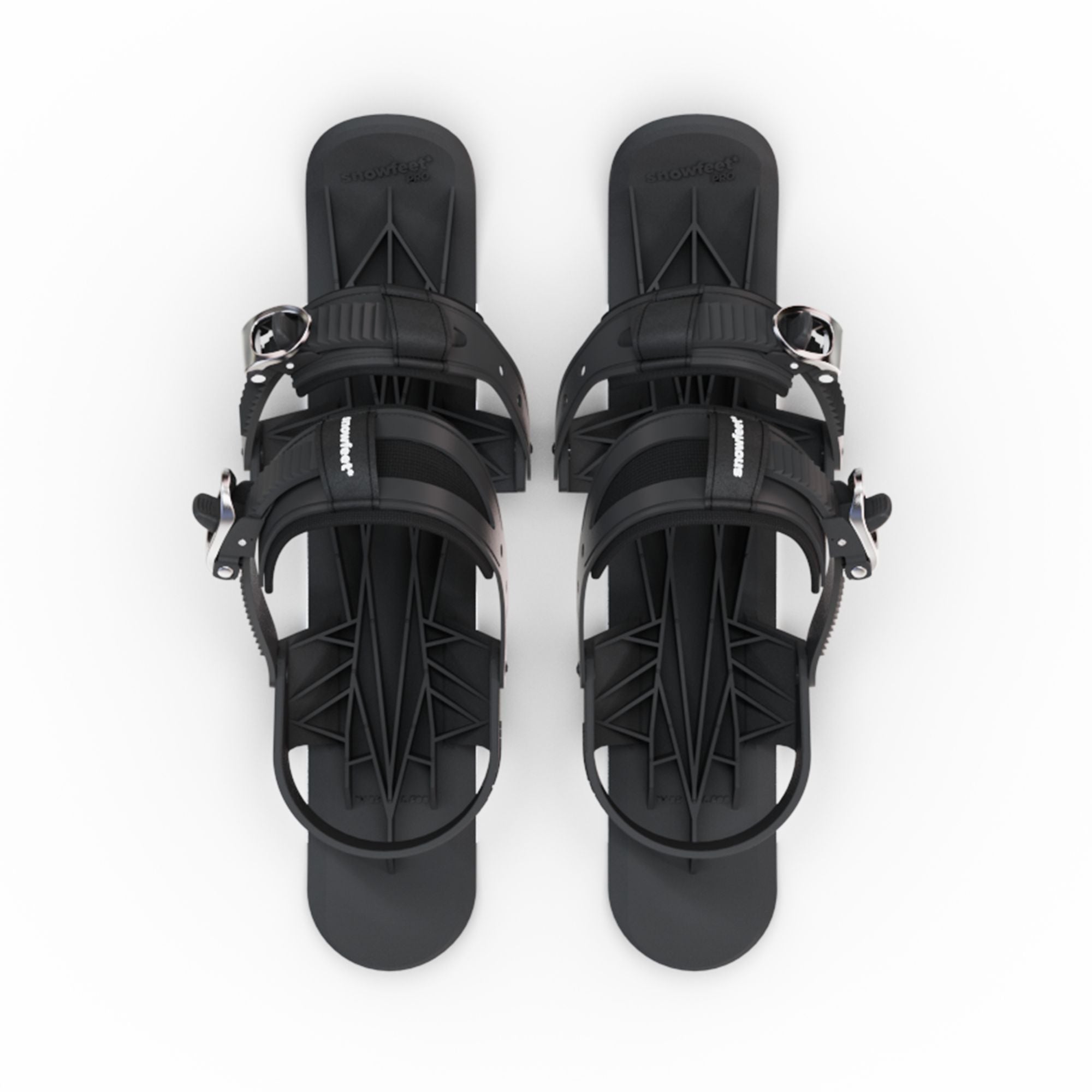
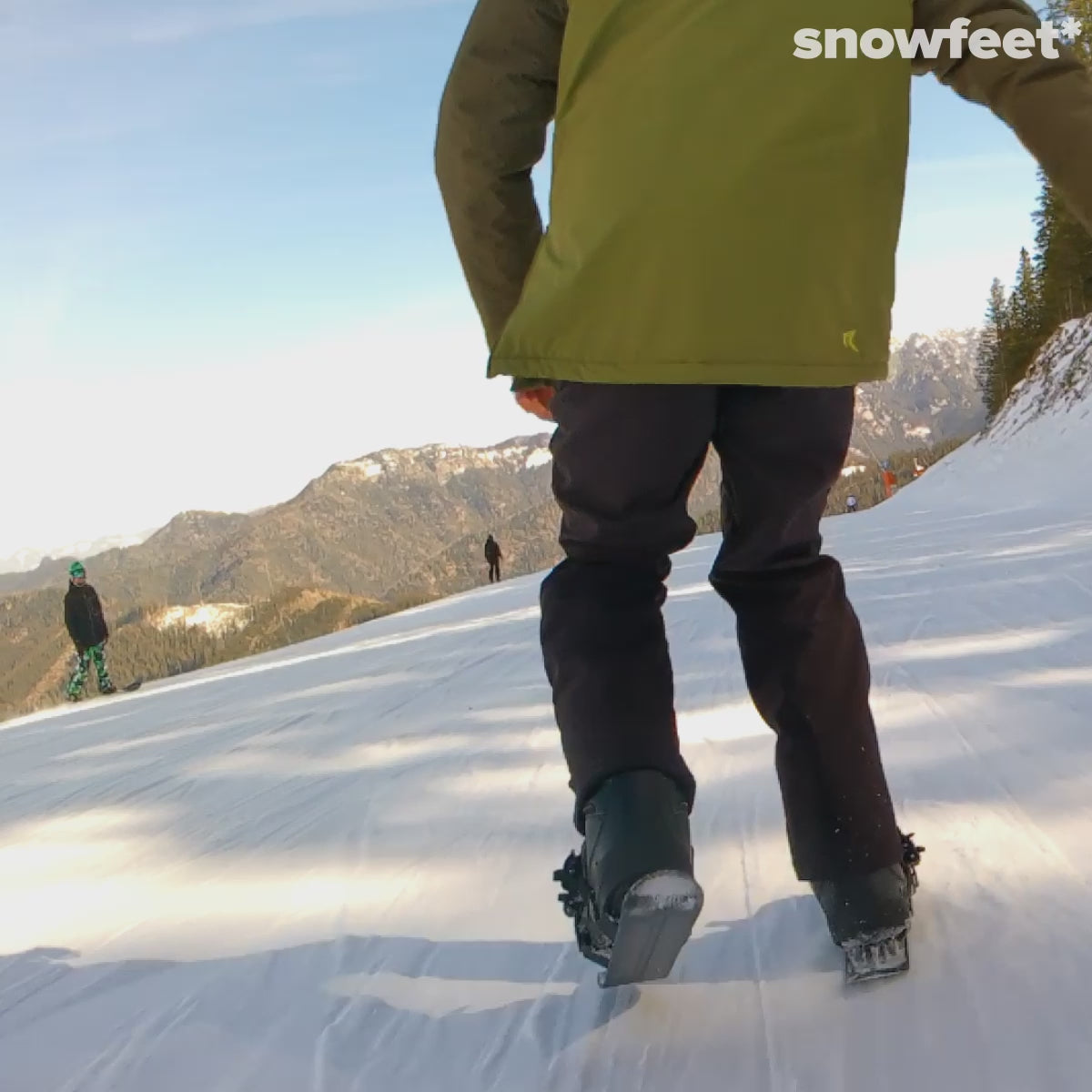
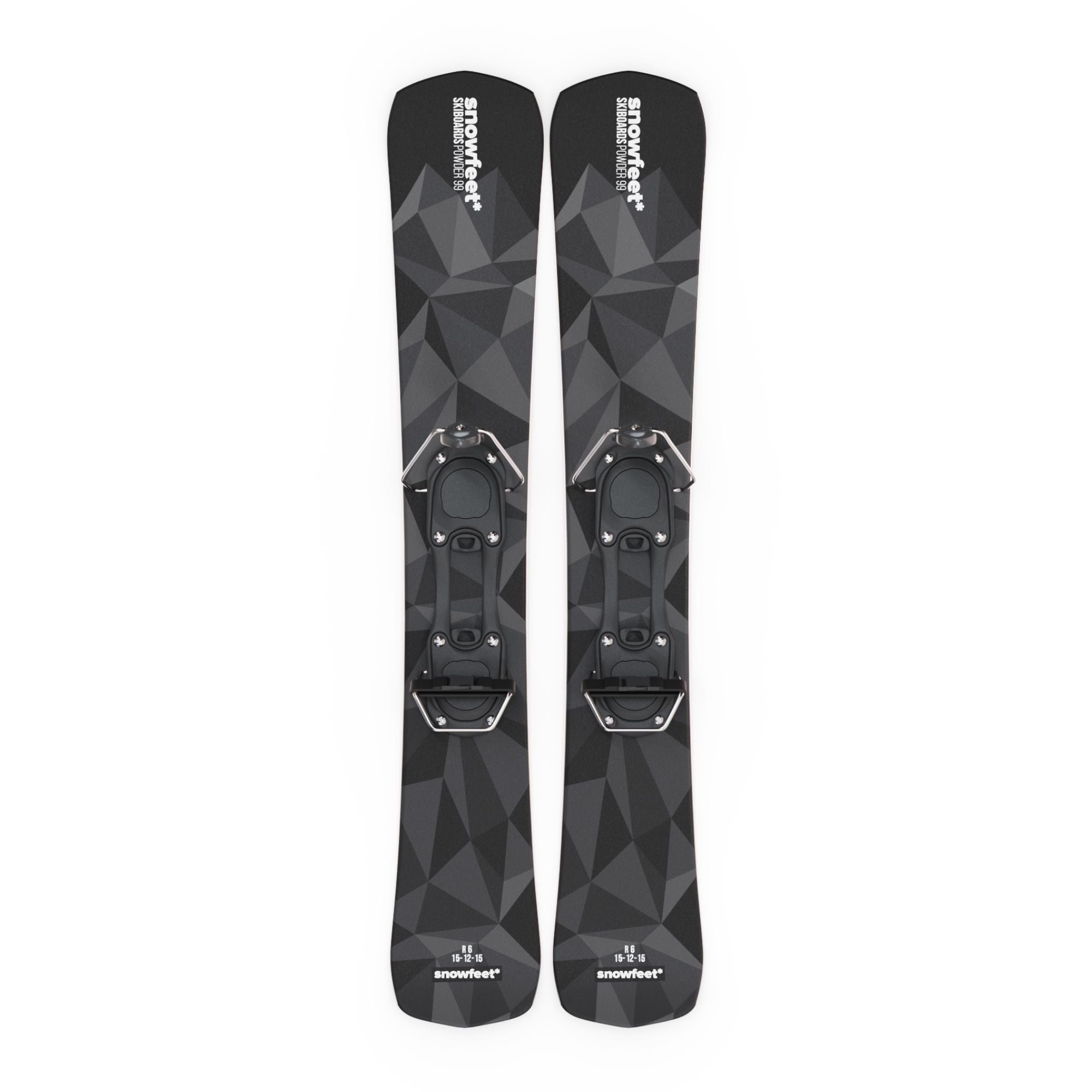
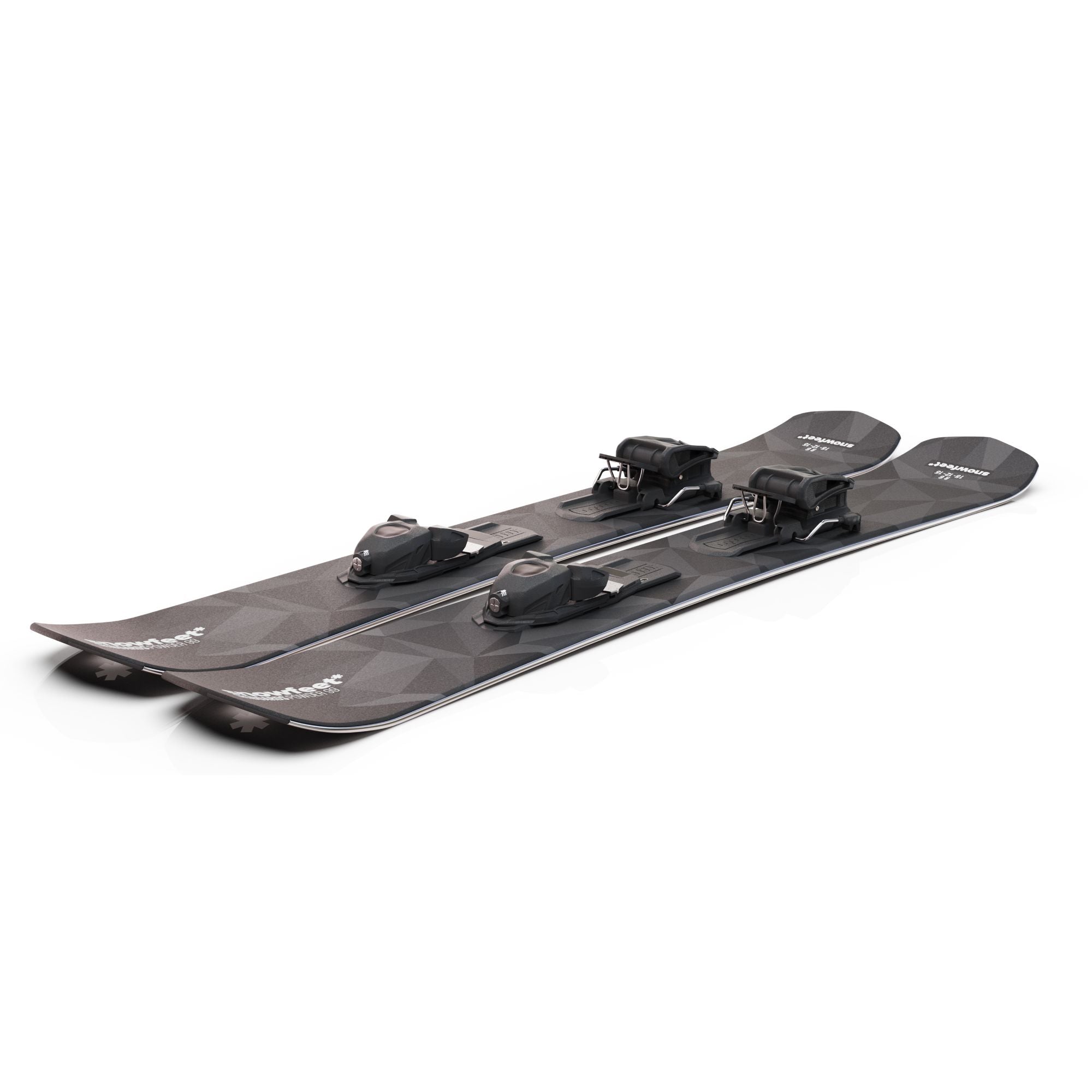
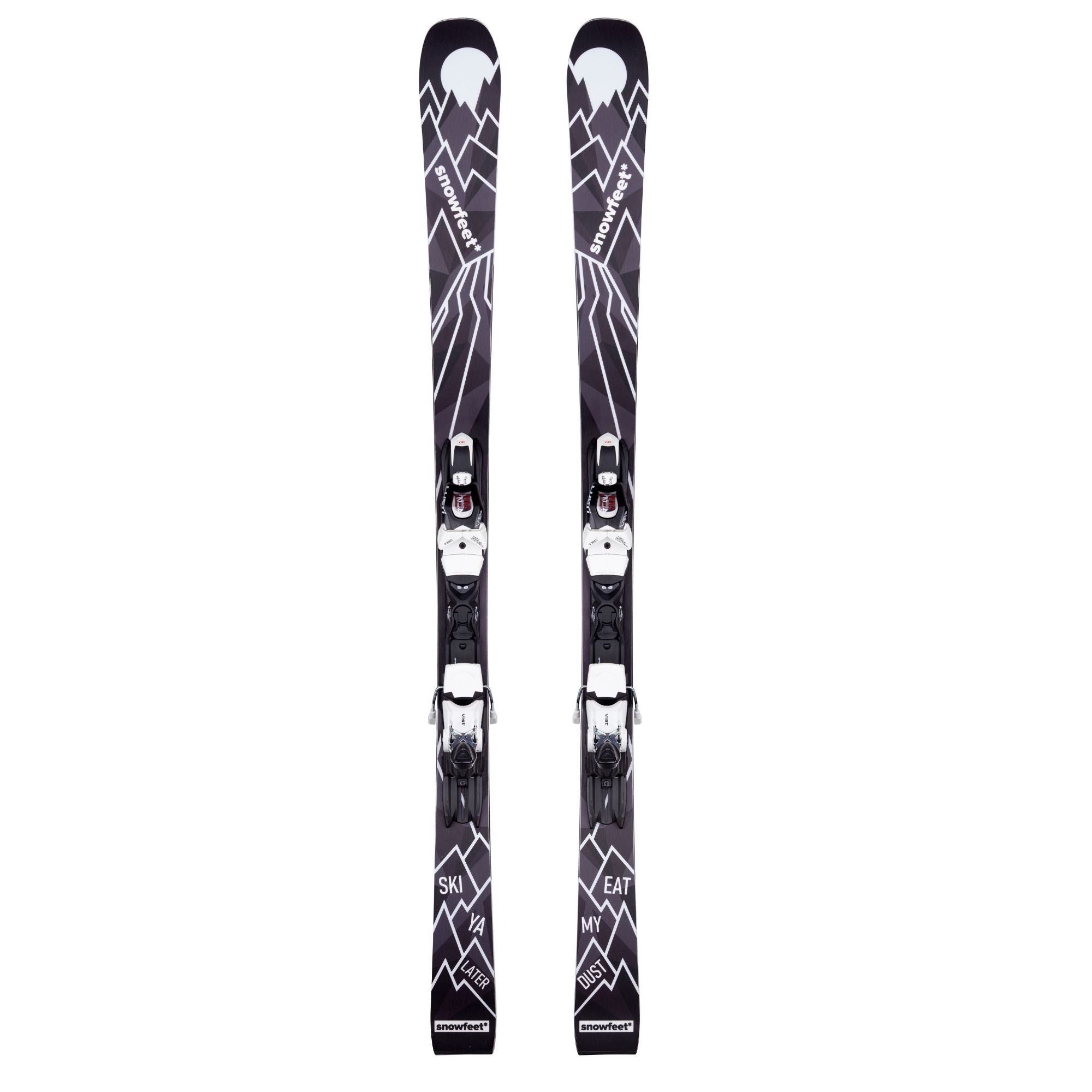

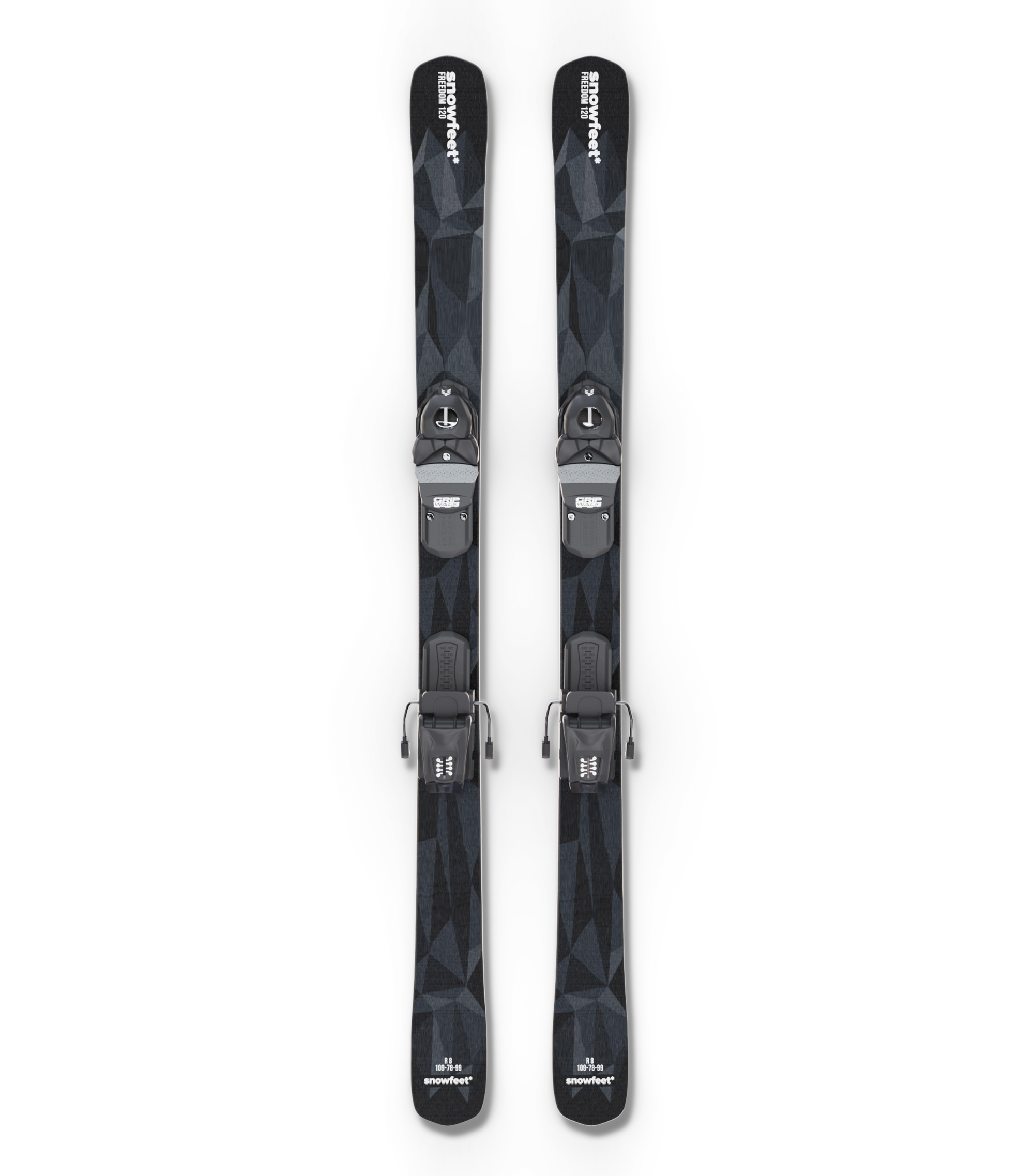
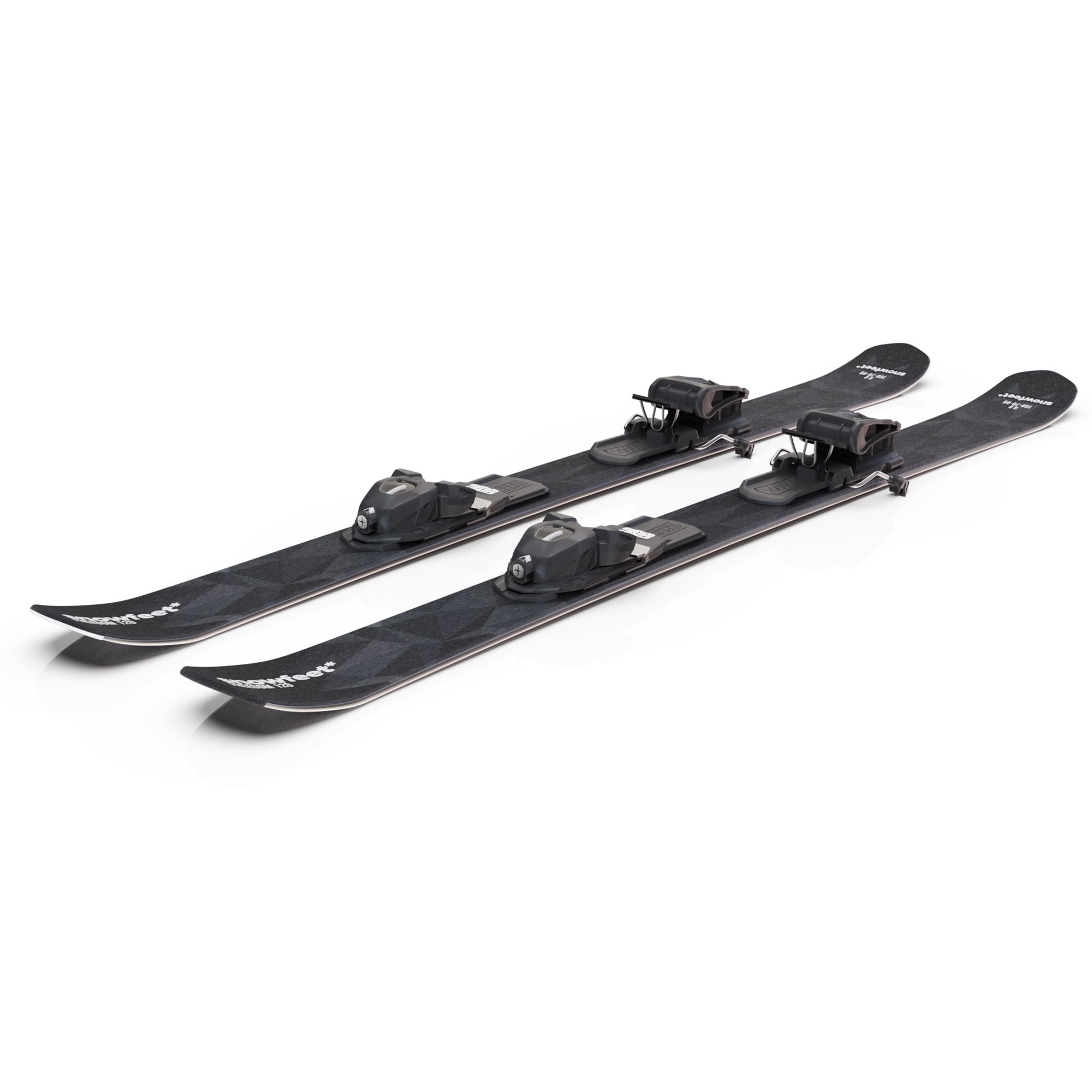
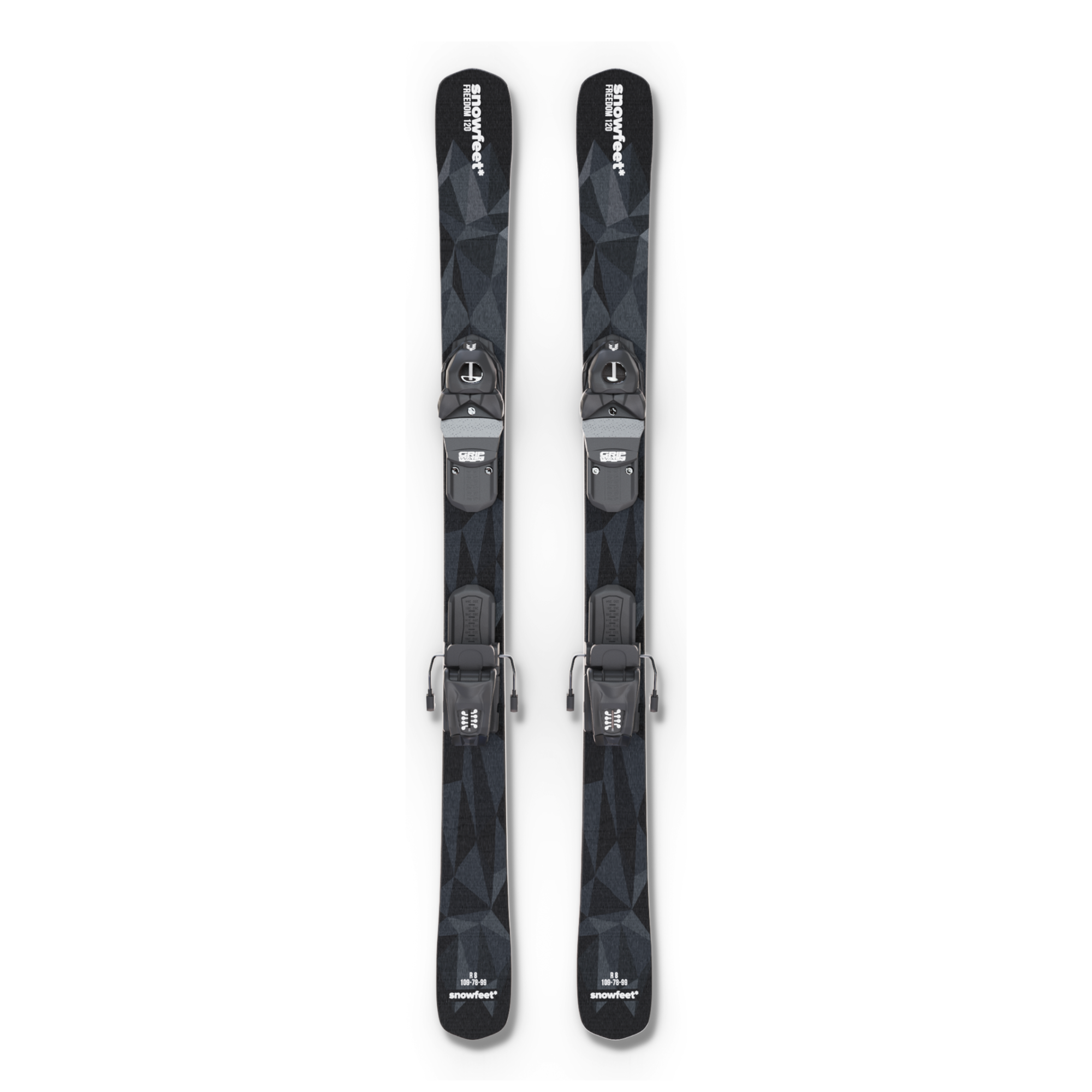
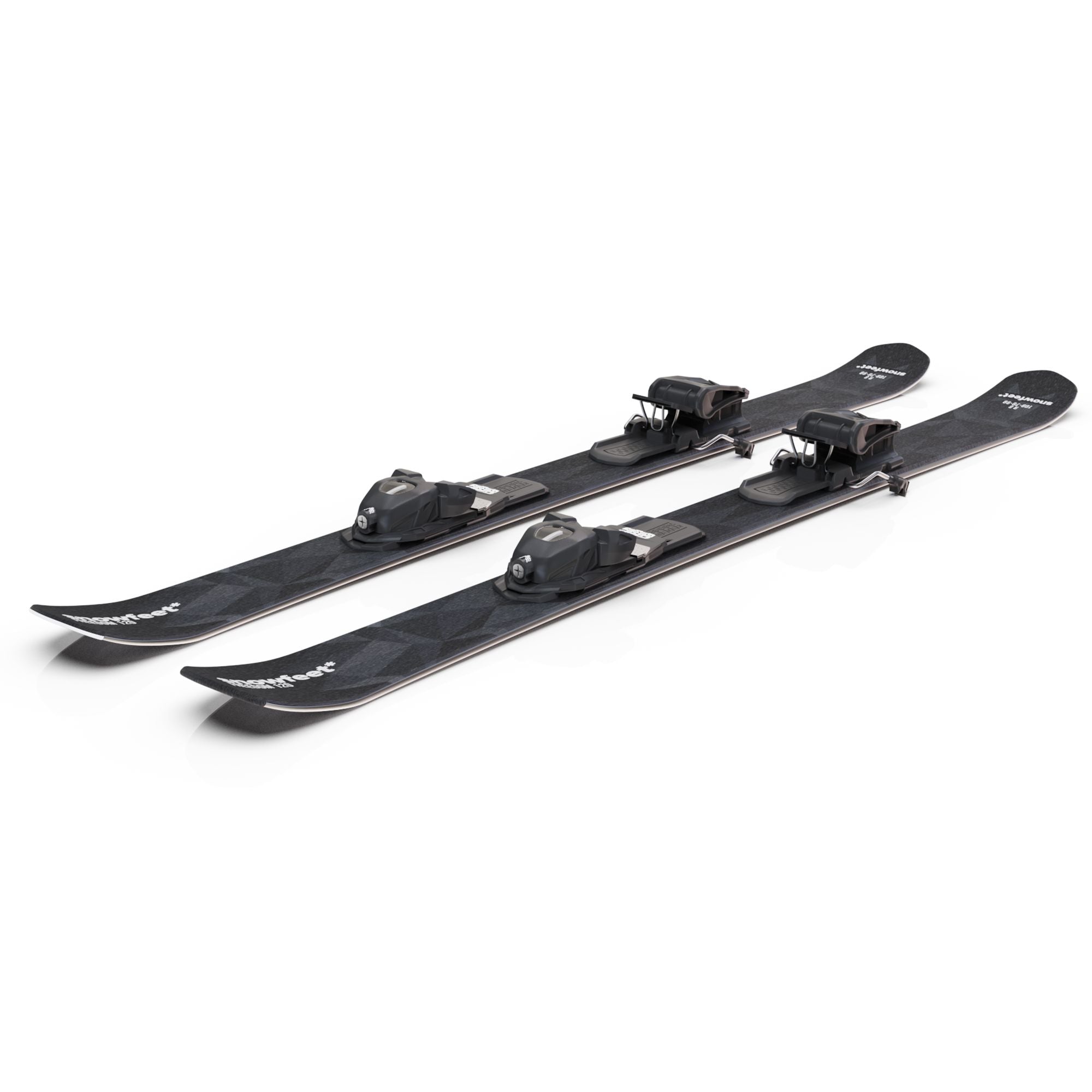
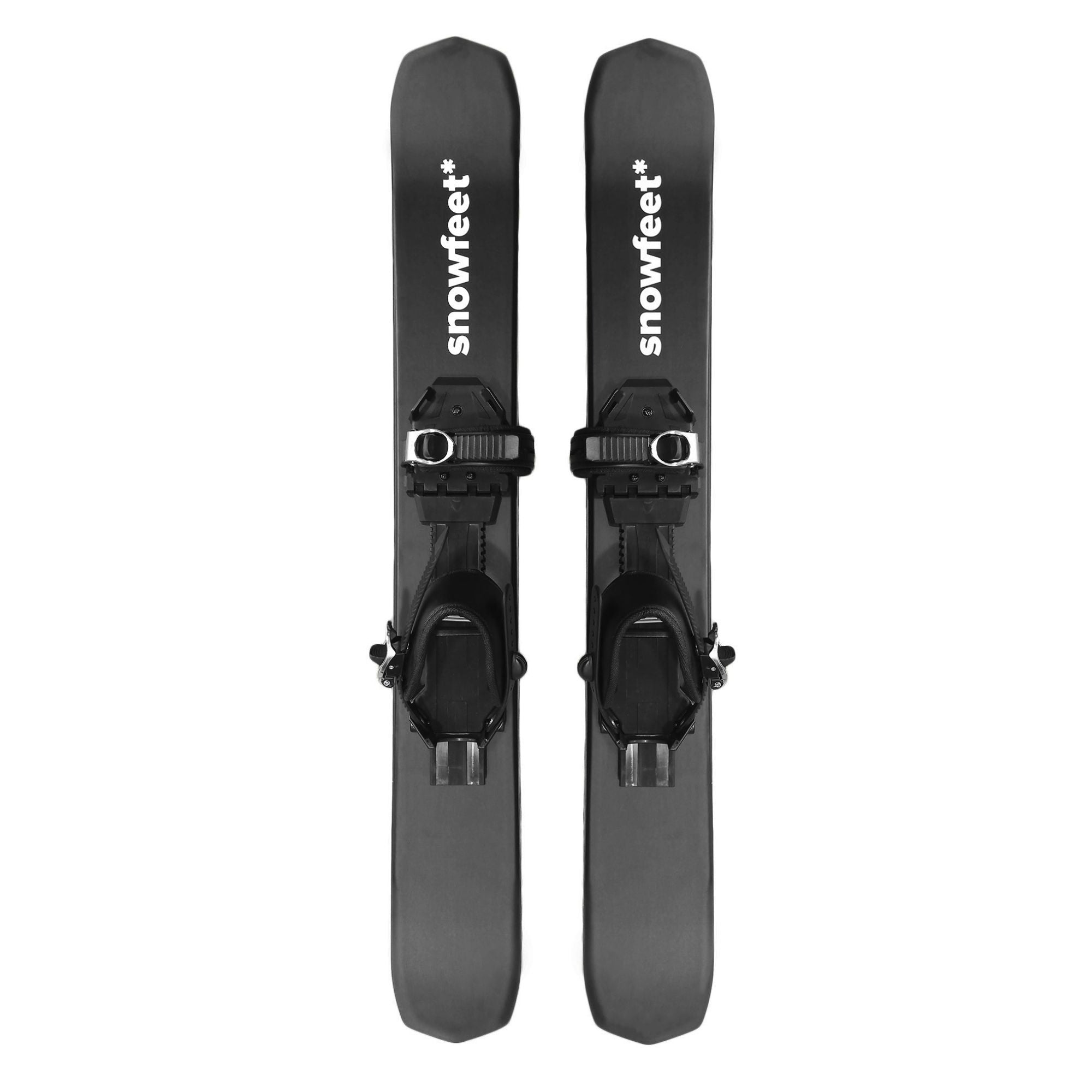
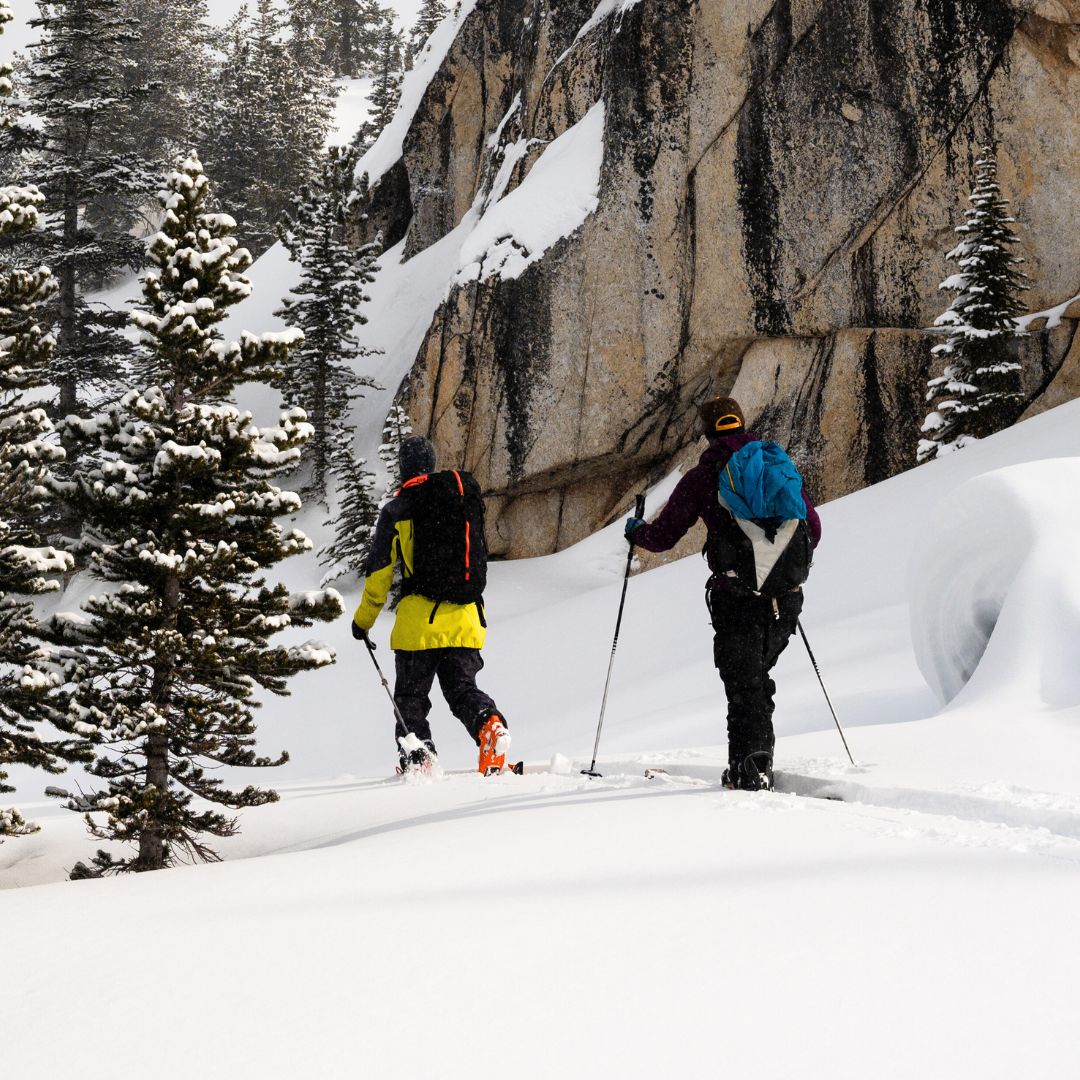
3 comments
Blake Kitchen
My wife and I are both in our sixties and we recently sold our old skis as they had become too hard on our legs. What size would you recommend with the snowboard boots? I hate ski boots so the snowboard boots sound like a great option. What size for easy turning and easy on the legs? Thanks Blake.
Anna from Snowfeet*
Hello Marco,
considering your skiing experience, 65 cm Skiboards might be a little bit challenging, since they are closer to skiskating.
You might want to consider 99 or 120 cm long Skiboards. They are closer to skiing experience but they are much lighter, easier to control, and they will put some ease on your knees and you will enjoy skiing more.
Let me know if you have any further questions! :)
Anna
Snowfeet*
Marco S.
I’m 58, been skiing my whole life, but it’s getting more challenging with age. What length would you recommend? The 65 model seems too short for me, but I’ve never tried so can’t tell.
Leave a comment
This site is protected by reCAPTCHA and the Google Privacy Policy and Terms of Service apply.